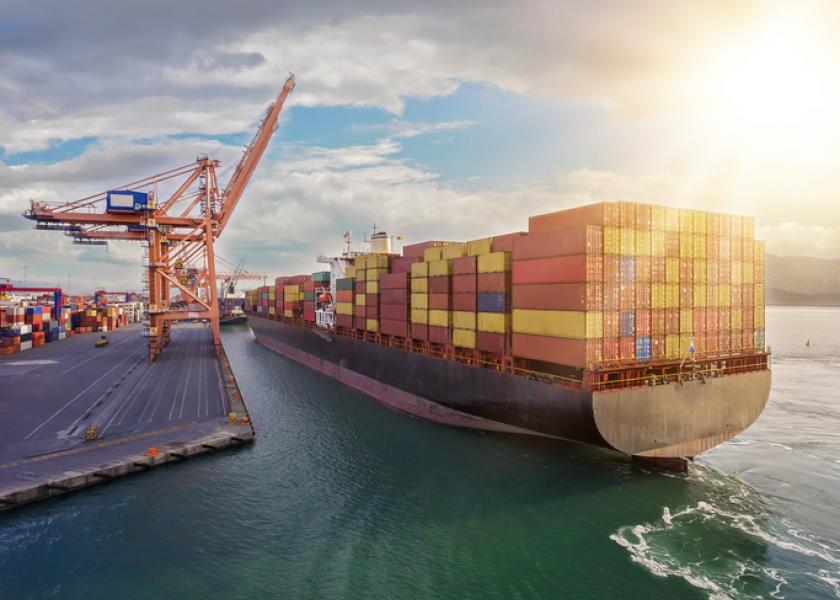Peel: Global Beef Update - Imports

The recent USDA Foreign Agricultural Service bulletin on Livestock and Poultry: World Markets and Trade provides a current summary of the major beef consuming and importing countries in the world. Total global beef consumption is forecast to increase slightly in 2022 with increased consumption in China, Brazil, India, Mexico and Japan and decreased total beef consumption in the U.S., European Union (E.U.), Russia, the United Kingdom (U.K.), and Canada.
Total global beef imports are forecast to increase, representing about 17.5 percent of global beef consumption. Beef imports are forecast to increase for the largest importers: China/Hong Kong (HK), U.S., Japan and South Korea along with the E.U. Decreased beef imports are forecast for Chile and the U.K.
China/HK continues to grow as the largest beef importer in the world. Data for China and Hong Kong are issued separately but are appropriately combined as the two are effectively a single market. Beef imports into China/HK are forecast to increase in 2022 and account for over 35 percent of global beef imports. China/HK has been the largest beef importing country since 2017. Beef imports in China/HK have increased 130.7 percent in the five years from 2017 to the forecast level for 2022. Beef imports in China/HK have increased more than ten-fold in the past decade. U.S. beef accounted for nearly nine percent of China/HK beef imports in 2021. China is the second largest beef consuming and is the third largest beef producing country in the world.
The U.S. is the second largest beef importing country. China/HK exceeded the U.S. as the largest beef importer in 2017 and is expected to import 2.24 times more than the U.S. in 2022. Prior to 2017, the U.S. was typically the largest beef importing country except for the years 2010-2012 when Russia was a slightly larger beef importer than the U.S. The U.S. is the largest beef producing and consuming country.
Japan is the ninth largest beef consuming country but is the third largest beef importing country. Japan has consistently been the third largest beef importer since 2015. Beef imports in Japan have been relatively steady in recent years, but down slightly from a 2019 peak. South Korea is the fourth largest beef importing country in recent years with an average growth of two percent per year in the past five years. For 2022, the largest importers including China/HK, U.S., Japan and South Korea are forecast to account for 65 percent of global beef imports. Other significant beef importing countries include Chile, U.K., E.U., Egypt, Malaysia and the Philippines. Collectively, these countries are forecast to account for another 19 percent of global beef imports in 2022. Brazil, India and Argentina are major beef consuming countries but do not import beef.
Although global beef trade is summarized in terms of total quantities, it is important to recognize that beef consists of many different products and most beef exports and imports are specific products moving between specific destinations for specific uses. Trade in beef products helps balance both the overall quantity of beef and the preferred mix of beef products in various markets. Beef trade adds value for both exporters and importers and increases the total value of the global beef industry.







